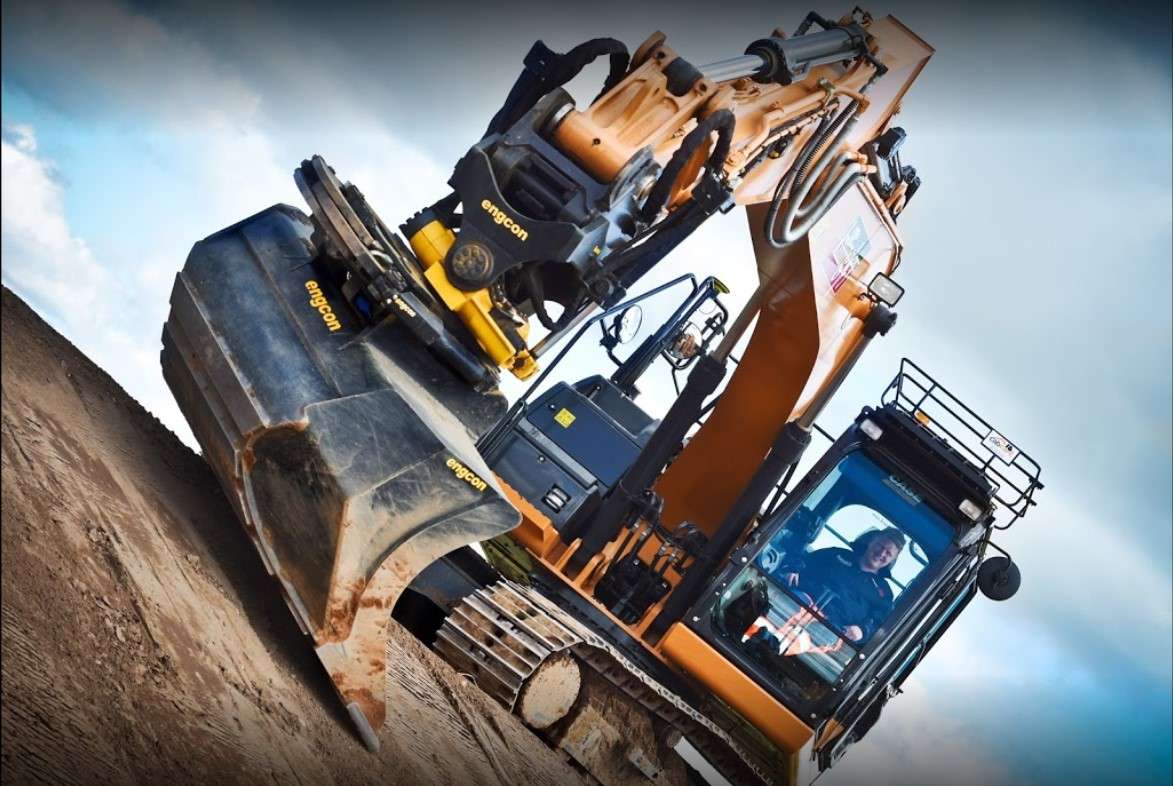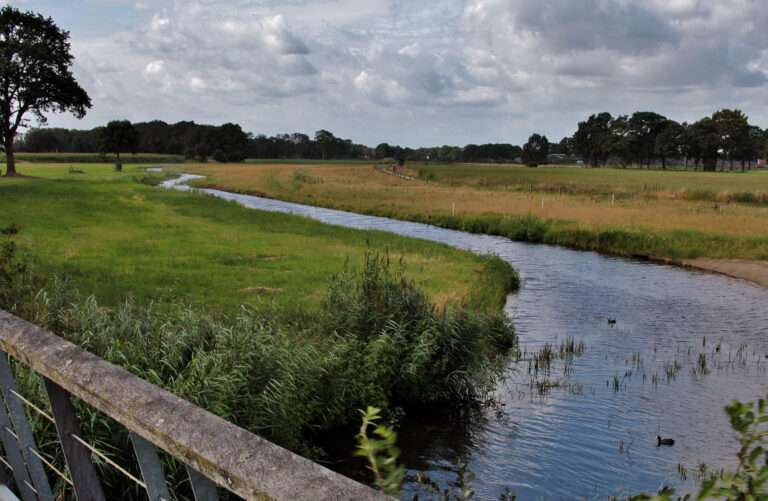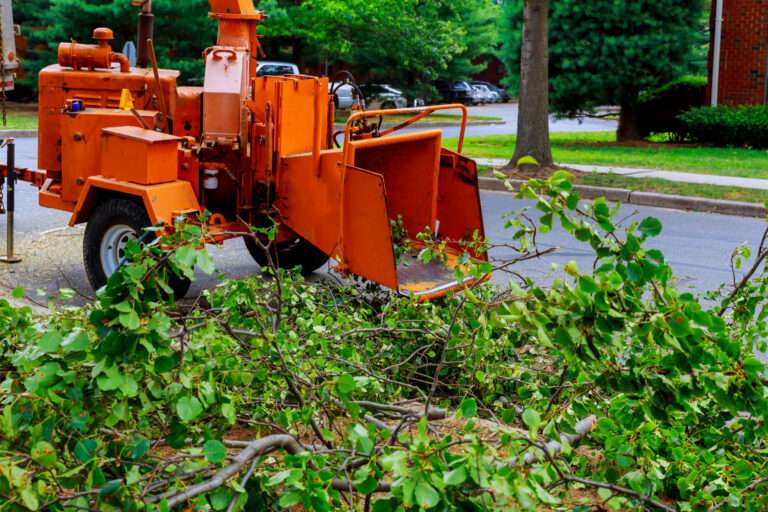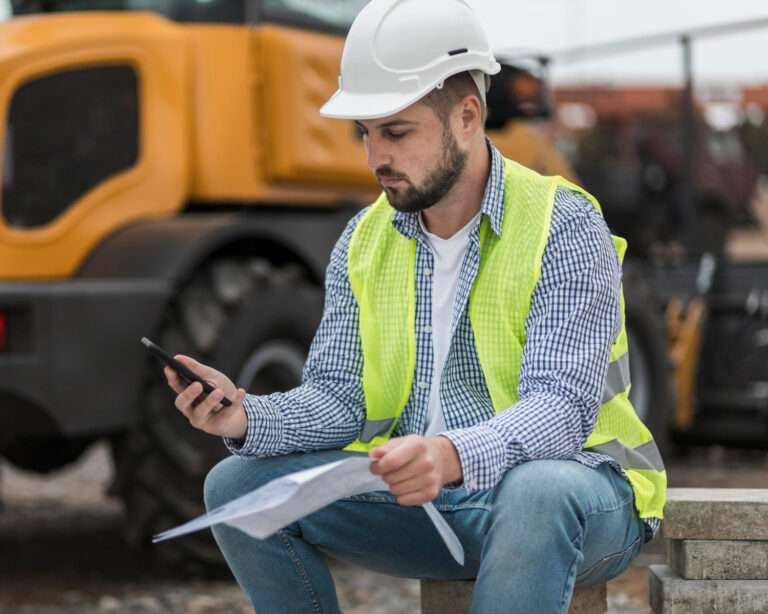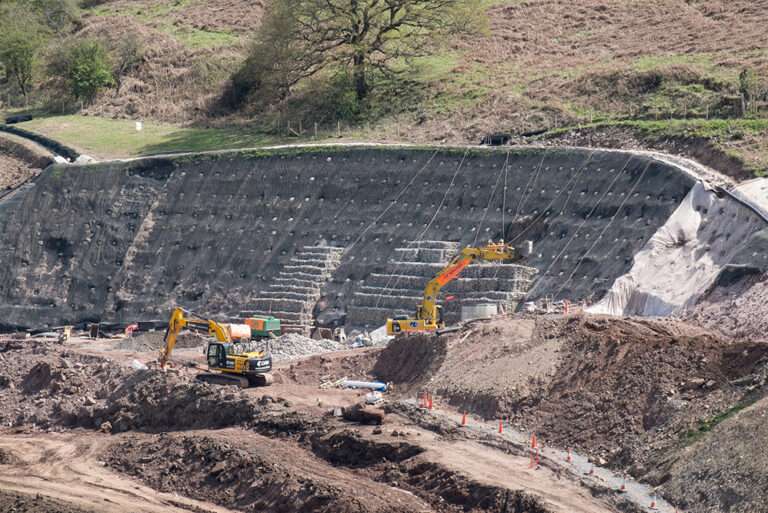Soil Stabilisation Explained: Methods, Materials and Benefits
If you’ve ever seen a new road being built, or a construction site buzzing with diggers, you’ve probably noticed something going on with the ground long before the concrete goes down. Huge machines mixing, spreading, compacting. Dust clouds rising. It doesn’t look glamorous, but it’s one of the most important steps in construction: soil stabilisation.
In plain terms, it’s about taking the ground as it is and making it strong, reliable, and suitable to build on. Because not all soil is created equal. Clay swells, sand shifts, peat sinks. Left untreated, those weaknesses can cause cracking roads, failing foundations, or waterlogged sites.
Soil stabilisation fixes that — improving the ground itself rather than carting it away and importing new fill. And in the UK, with its patchwork of clay belts, peaty pockets, and chalky ridges, it’s used everywhere from housing estates in Derbyshire to motorway upgrades in Kent.
What Is Soil Stabilisation?
At its core, soil stabilisation (sometimes written soil stabilization in US contexts) means treating the existing soil to improve its engineering properties. That might mean:
- Making it stronger.
- Reducing how much water it holds.
- Stopping it from shrinking or swelling with the weather.
- Improving how it compacts under load.
It’s part of a broader field called ground stabilisation, which covers all the methods we use to make weak or unstable ground suitable for construction.
The big difference between stabilisation and simply replacing the soil? Cost and sustainability. Instead of hauling thousands of tonnes to landfill and trucking in new aggregates, stabilisation works with what you’ve already got.
Why It Matters
Three reasons:
- Safety and performance – Roads, runways, and buildings all need solid ground. Weak soils lead to movement, cracking, even collapse.
- Cost efficiency – Importing new aggregates is expensive. Stabilisation cuts transport and material costs.
- Sustainability – Less excavation, fewer lorry movements, lower carbon footprint. It’s a greener choice.
In fact, the UK’s Highway Authorities often specify soil stabilisation as a preferred technique for roadbuilding. It’s cheaper and faster, but it’s also better for the environment.
Common Methods of Soil Stabilisation
Different soils need different treatments. There’s no one-size-fits-all. Here are the most common techniques used across the UK:
| Method | How It Works | Best For |
|---|---|---|
| Lime stabilisation | Quicklime or hydrated lime is mixed into clay soils, reducing moisture and changing their structure | Heavy clays, wet ground |
| Cement stabilisation | Portland cement binds soil particles together, increasing strength | Sandy or silty soils |
| Lime–cement blends | Combination of lime (to dry/modify) and cement (to strengthen) | Mixed soils, road sub-bases |
| Bitumen stabilisation | Bitumen emulsions coat soil particles, improving waterproofing | Granular soils, temporary haul roads |
| Mechanical stabilisation | Mixing soils with imported aggregates to improve grading and strength | Variable ground, smaller projects |
| Chemical stabilisers | Proprietary additives (e.g., polymers) alter soil properties | Specialist projects, poor-quality soils |
In my experience, lime and cement are the heavy hitters. You’ll see tankers of lime powder being spread, then rotavators mixing it into the ground. Within hours, sloppy clay becomes workable. Leave it a day or two, and it’s firm enough to support heavy machinery.
The Materials Involved
A quick breakdown:
- Lime – reacts with clay minerals, drying and stiffening soils. Common in areas like Leicestershire or Oxfordshire where clay dominates.
- Cement – provides binding strength, useful on sandy soils where lime does little.
- Fly ash – a by-product of coal-fired power, sometimes used with lime or cement for added strength. (Less common now as coal use declines.)
- Bitumen – creates flexible, water-resistant layers. Used in haul roads and sometimes in airfields.
- Polymers – more expensive, but useful for niche cases where traditional binders don’t cut it.
It’s not glamorous stuff. Bags of powder, bulk tankers, grey dust everywhere. But the chemistry is powerful — turning marginal land into something buildable.
The Benefits of Soil Stabilisation
So, why not just dig out poor soil and bring in Type 1 aggregate? Because stabilisation has some real advantages.
| Benefit | Why It Matters |
|---|---|
| Cost savings | Reduces need for imported aggregates and disposal |
| Time efficiency | Faster than excavation and carting |
| Environmental gains | Fewer lorry journeys, lower carbon |
| Increased strength | Treated soils can outperform natural fills |
| Durability | Roads and foundations last longer |
| Flexibility | Can treat a wide range of soils |
On big jobs — think bypasses or housing developments — the savings add up to millions.
Real-World Applications in the UK
Soil stabilisation isn’t niche. It’s everywhere:
- Highways – Used in base layers for roads like the A14 upgrade in Cambridgeshire.
- Airports – Runway and taxiway strengthening, where load demands are massive.
- Housing – Turning soggy fields into stable ground for estates.
- Industrial sites – Creating hardstandings for warehouses and factories.
- Floodplains – Improving wet, marginal land for safe use.
And yes, even farmers use it — stabilising tracks so tractors don’t sink in winter.
Frequently Asked Questions
Does soil stabilisation last?
Yes. Properly designed and constructed stabilised soils can last decades, especially under roads or pavements.
Is it safe for the environment?
Generally, yes. Lime and cement are inert once reacted. The main benefit is reduced haulage and waste. Some chemical stabilisers are more specialist but tightly regulated.
How deep does it go?
Usually 300mm to 600mm, but deeper treatments are possible with specialist equipment.
Can it be done in winter?
Yes — though cold, wet conditions slow curing. Contractors adjust methods accordingly.
Challenges in Soil Stabilisation
It’s not all straightforward. Some challenges include:
- Moisture content – Too wet, and lime struggles to mix evenly.
- Frost – Stabilised layers need curing time before freezing conditions.
- Variability – Soils can change even within a single site. Testing is essential.
- Dust control – Lime and cement dust must be handled carefully.
Good soil stabilisation companies know this and adapt — tweaking binder types, adjusting mixing depth, or using blends.
The Role of Soil Stabilisation Companies
This isn’t a DIY job. Stabilisation requires heavy kit — spreaders, mixers, rollers — and experienced operators. Specialist soil stabilisation companies bring:
- Knowledge of soil testing and binder selection.
- Specialist plant for mixing and compaction.
- Health and safety expertise (lime dust isn’t something to mess with).
- Experience in designing stabilisation as part of wider earthworks.
Professional soil stabilisation is a key part of modern earthworks, often used to strengthen ground for roads and housing developments.
Soil Stabilisation vs Ground Improvement
They’re often lumped together, but there is a subtle difference.
| Term | Meaning | Example Techniques |
|---|---|---|
| Soil stabilisation | Improving existing soil using binders or additives | Lime, cement, bitumen |
| Ground improvement | Broader category — improving soil or ground by any means | Vibro compaction, piling, soil replacement, stabilisation |
Think of stabilisation as one tool in the wider ground improvement toolkit.
Tangent: The Smell of Quicklime
Anyone who’s been near a lime stabilisation job will know the smell — sharp, chalky, almost acrid when the powder hits damp soil. It hangs in the air, clinging to clothes. Not pleasant, but it does the job. And watching mud turn to a dry, firm surface in hours still feels a bit like alchemy.
Statistics and the Bigger Picture
- Around 10 million tonnes of aggregates are saved annually in the UK through soil stabilisation.
- A single kilometre of stabilised road base can save hundreds of lorry movements.
- Carbon savings per project can run into thousands of tonnes.
In a world moving towards net zero, that matters.
The Future of Soil Stabilisation
Where’s it heading? A few trends stand out:
- Greener binders – using industrial by-products (like ground granulated blast furnace slag) instead of pure cement.
- Digital monitoring – sensors tracking moisture and curing in real time.
- Hybrid techniques – blending stabilisation with geogrids or geotextiles for extra strength.
- Circular economy – more emphasis on reusing site-won materials rather than import/export.
It’s not flashy, but it’s the backbone of modern infrastructure.
Final Thoughts
Soil stabilisation might not be glamorous, but it’s essential. Without it, half the UK’s construction projects would grind to a halt. It’s cheaper, greener, and often stronger than traditional earthworks.
Next time you drive past a site and see white clouds of lime dust or big rotavators churning the ground, remember: that’s the quiet bit of engineering that makes everything else possible. Roads, houses, airports — they all stand because the soil beneath them was made fit to carry the load.
Killingley Insights is the editorial voice of NT Killingley Ltd, drawing on decades of experience in landscaping, environmental enhancements, and civil engineering projects across the UK.


